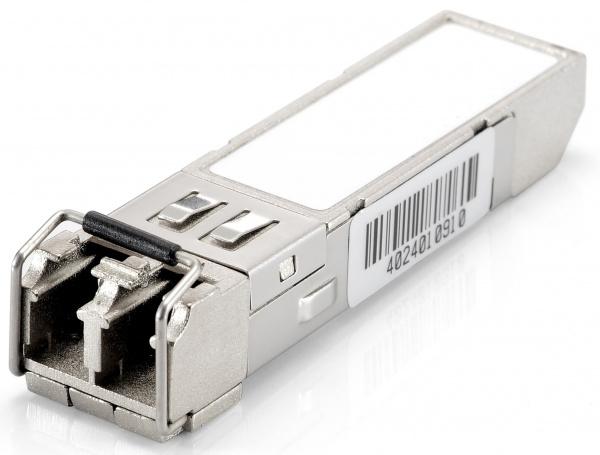Enhancing Data Centers with Optical Transceiver Innovations

Data centers serve as the backbone of the digital age, powering everything from cloud computing and artificial intelligence to online services and social media. As the demand for data processing and storage continues to soar, data center operators face the challenge of meeting increasing bandwidth requirements while maintaining power efficiency and cost-effectiveness. Enter optical transceiver innovations – game-changing technologies that are revolutionizing data centers worldwide.
One of the key areas where optical transceivers have made a significant impact is in interconnectivity. Data centers are complex environments that rely on a vast network of servers, switches, and storage systems to function efficiently. High-speed optical transceivers, such as the QSFP28 and QSFP-DD, have become integral to the data center ecosystem, providing the necessary bandwidth for ultra-fast data transmission between equipment.
Optical transceivers have also paved the way for high-density data centers. As data center operators strive to optimize space utilization and reduce operational costs, innovations in transceiver packaging have led to the development of compact and power-efficient modules. The advent of silicon photonics and photonic integration has enabled the integration of multiple transceiver components into a single chip, further enhancing space efficiency and reducing power consumption.
Anticipating a bright future, Coherent Market Insights reports that the Global Optical Transceiver Market achieved a significant valuation of US$ 10.05 Billion in 2022. The market is all set to experience a compelling compound annual growth rate (CAGR) of 12.2% from 2023 to 2030, signaling promising growth prospects. Key drivers contributing to this growth include the escalating demand for high-speed data transmission, the expansion of network infrastructure, the rapid adoption of smart devices, and the extensive implementation of 5G technology in diverse regions worldwide.
Moreover, optical transceivers have played a crucial role in enabling the transition to optical interconnects within data centers. Traditional copper-based interconnects were limited in terms of reach, speed, and power consumption. In contrast, optical interconnects offer higher bandwidth and longer reach while consuming less power. As a result, data centers can now deploy optical links not only for long-haul connections between data centers but also for shorter inter-rack and intra-rack connections, enhancing overall network performance.
Another area of innovation in optical transceivers is the development of coherent transceivers for data center interconnect (DCI) applications. Coherent transceivers leverage advanced modulation techniques and digital signal processing to compensate for optical impairments, enabling data transmission over longer distances without the need for expensive optical amplifiers. These coherent DCI solutions are critical for interconnecting geographically distributed data centers and facilitating data replication and disaster recovery.
Beyond speed and interconnectivity, Optical Transceiver have also contributed to the scalability and flexibility of data centers. With the introduction of pluggable transceivers, data center operators can easily upgrade or reconfigure their networks to adapt to changing demands. Pluggable transceivers, such as the Small Form-factor Pluggable (SFP) and Quad Small Form-factor Pluggable (QSFP) modules, can be hot-swapped without disrupting network operations, reducing downtime and simplifying network management.
In conclusion, optical transceiver innovations have had a transformative impact on data centers, enabling faster, more efficient, and scalable communication within and between data centers. As technology continues to evolve, we can expect further advancements in optical transceiver technology, supporting the ever-growing data needs of the digital world.
- Art
- Causes
- Crafts
- Dance
- Drinks
- Film
- Fitness
- Food
- Games
- Gardening
- Health
- Home
- Literature
- Music
- Networking
- Other
- Party
- Religion
- Shopping
- Sports
- Theater
- Wellness
- IT, Cloud, Software and Technology


